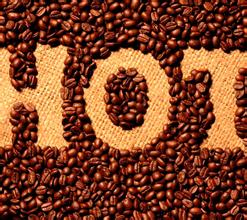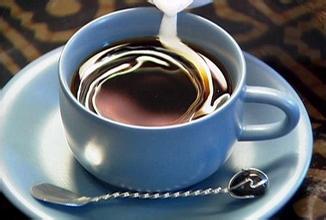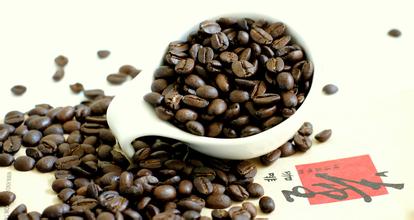The capacity of extracted coffee-Delon coffee machine extractor cleaning
The capacity of extracted coffee-Delon coffee machine extractor cleaning
Remember what I said in that diary? Coffee beans cannot be 100% integrated into water, and soluble matter in coffee accounts for a percentage of coffee powder that was previously extracted. Besides, to put it more popularly, how much substance in coffee has been incorporated into coffee?
Therefore, the extraction rate is,
TDS/DOSE (gram weight of powder)
There is a very important concept that the reasonable extraction rate will be between 18% and 22%. If we extract too much, we will drink bitterly and have a mixed smell. If it is less than 18%, the coffee we often drink will be sour. It has to be mentioned that the extraction rate of both espresso and filtered coffee is in this category.
Then let's take a look at the picture above. Let's delete some unnecessary information first. In fact, the conclusion expressed by the golden cup theory is very simple. The vertical axis of the chart is the concentration of coffee, and the horizontal axis is the extraction rate of coffee. When you brew coffee with a concentration of 1.2-1.4 TDS and an extraction rate of 18%-22%, it is considered to be within the ideal extraction range.
Let's explain the nouns mentioned above. Concentration is easy to understand, which is the concentration of "solids" in coffee. What about the extraction rate? The extraction rate refers to the coffee powder you use to brew, and what percentage of the substance is dissolved in the coffee. For example, when you use 100g coffee powder for brewing, after brewing the coffee, remove the moisture from the coffee grounds (whether dried or dried), if there is 80g left, it means that 20g of the substance is dissolved in the coffee. Then the extraction rate of this cup of coffee is 20%.
Then the big question is, for the average brewer, would you want to take a lot of trouble to measure these data after making a cup of coffee? At least I would never do that. Of course, there are also companies that have launched instruments and software for measuring TDS and calculating extraction rates, which allow you to measure quickly, but that is not an investment that ordinary brewers need.
It is because the measurement of these data is too difficult for the average brewer, so the data provided by the Golden Cup theory is "completely unimportant" to the average person. On the contrary, the important thing is that it is not easy to know just by looking at the chart.

Important Notice :
前街咖啡 FrontStreet Coffee has moved to new addredd:
FrontStreet Coffee Address: 315,Donghua East Road,GuangZhou
Tel:020 38364473
- Prev

Analysis of Coffee hand injection at fixed Point-Coffee Heart-shaped manipulation Video
Coffee hand fixed-point injection method analysis-coffee flower heart-shaped manipulation video (speaking of which, is drinking coffee from Brother Chao. For such a baker, I study with reverence. (for a cup of single product, the first thing to consider should be beans, but today I won't talk about beans (you can learn from Mr. Sun Chao). Let's assume that you have an excellent bean in your hand.
- Next

Water content and Chemical changes during Coffee roasting
The water content and chemical changes in the baking process of caffeine, whether new or old beans, have its unique baking curve, so it is necessary to accurately judge the bean and the time of emergence, and master the best flavor. In the process of recording the baking curve, carefully blindly test each batch of baked beans, record them, and accurately grasp the key elements, you can easily get the taste of coffee beans! Remember
Related
- What brand of black coffee is the most authentic and delicious? what are the characteristics of the flavor of the authentic Rose Summer Black Coffee?
- Introduction to the principle and characteristics of the correct use of mocha pot A detailed course of mocha pot brewing coffee is described in five steps.
- Which is better, decaf or regular coffee? how is decaf made?
- How much is a bag of four cat coffee?
- How about four Cat Coffee or Nestle Coffee? why is it a cheap scam?
- Which is better, Yunnan four Cats Coffee or Nestle Coffee? How about cat coffee? is it a fake scam? why is it so cheap?
- How about Cat Coffee? what grade is a hoax? which instant coffee tastes better, four Cat Coffee, Nestle Coffee or G7 coffee?
- Process flow chart of coffee making-Starbucks coffee making process what coffee tastes good at Starbucks
- The top ten best coffee beans in the world Rose summer coffee or Tanzanian coffee tastes good
- Yunnan four cat coffee is good to drink?_four cat coffee is a big brand? four cat blue mountain coffee is fake?

